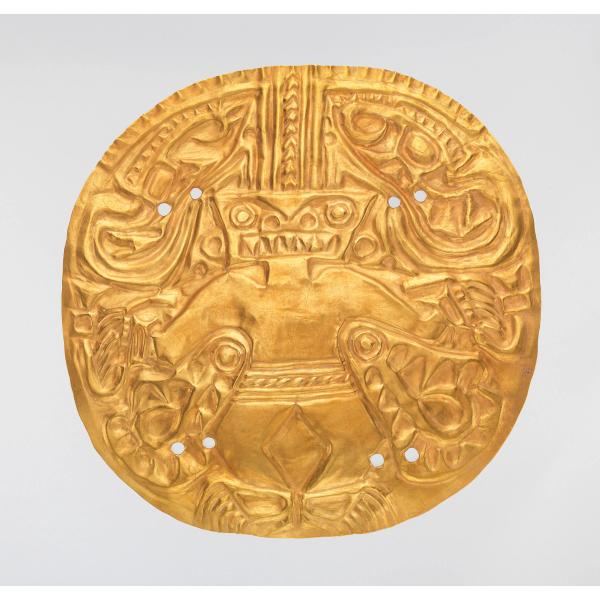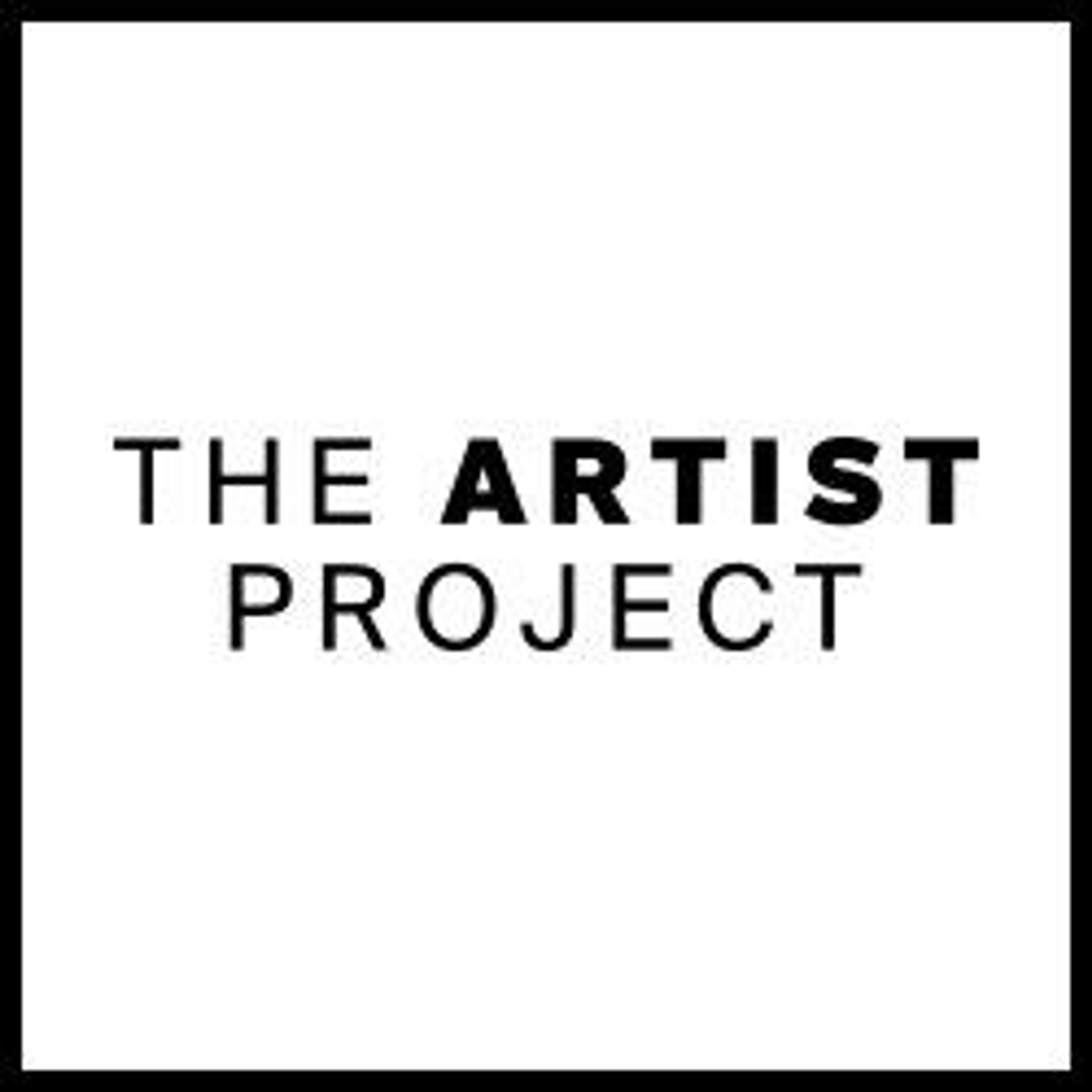Plaque with Masked Figure
Artwork Details
- Title: Plaque with Masked Figure
- Date: 8th–12th century
- Geography: Panama, Coclé Province
- Culture: Coclé (Macaracas)
- Medium: Gold
- Dimensions: H. 5 1/2 × W. 5 3/4 × D. 1/8 in. (14 × 14.6 × 0.3 cm)
- Classification: Metal-Ornaments
- Credit Line: Gift and Bequest of Alice K. Bache, 1966, 1977
- Object Number: 66.196.31
- Curatorial Department: The Michael C. Rockefeller Wing
Audio

1637. Plaques with figure, Coclé (Macaracas) artist(s)
Francisco Corrales-Ulloa and Orlando Hernández Ying
FRANCISCO CORRALES-ULLOA: The animals that you see are the animals that are feared, animals with certain characteristics.
JOSÉ MARÍA YAZPIK (NARRATOR): Francisco Corrales-Ulloa, archaeologist at the National Museum of Costa Rica.
FRANCISCO CORRALES-ULLOA: They are poisonous, they are rapacious, they are venomous. Those qualities are incorporated into the belief system.
JOSÉ MARÍA YAZPIK: A Coclé warrior who aspired to bring those powers and characteristics into battle would have worn a gold plaque like this one. While the Coclé peoples lived in the region known today as Panama, this object is a composite of different fearsome animals from across Central America. Art historian Orlando Hernández Ying.
ORLANDO HERNÁNDEZ YING: The most ferocious animals that you can find in the tropics are alligators and also jaguars. So we see felines and also avian forms, we see eagles and other raptors. We see a curled snout that is associated to bats. And those bulging eyes are associated to bats. So we see also the powers of the night more associated to the cosmic vision. So, I think that it's not only to represent military prowess, but also animals that show the connection to the underworld and also the world of above.
JOSÉ MARÍA YAZPIK: Other ornaments are embossed with representations of marine animals - sharks and sea turtles - creatures found in the waters off the coast of Colombia in the south and as far north as Costa Rica. These images may reflect the intimate connection between the Coclé people and the sea. They not only took advantage of its resources, but also used it for transportation and movement between regions. An affinity with animal imagery endures among some groups in the area today.
FRANCISCO CORRALES-ULLOA: Some of the characteristics of the animals were appreciated and usually some clans or indigenous groups still today that have these clan divisions, they have as a reference some particular animals. So, it's clear that they adopt those traits or characteristics of the particular animal as a symbol of their strength or their value in terms of warriors facing their enemies.
More Artwork
Research Resources
The Met provides unparalleled resources for research and welcomes an international community of students and scholars. The Met's Open Access API is where creators and researchers can connect to the The Met collection. Open Access data and public domain images are available for unrestricted commercial and noncommercial use without permission or fee.
To request images under copyright and other restrictions, please use this Image Request form.
Feedback
We continue to research and examine historical and cultural context for objects in The Met collection. If you have comments or questions about this object record, please contact us using the form below. The Museum looks forward to receiving your comments.
